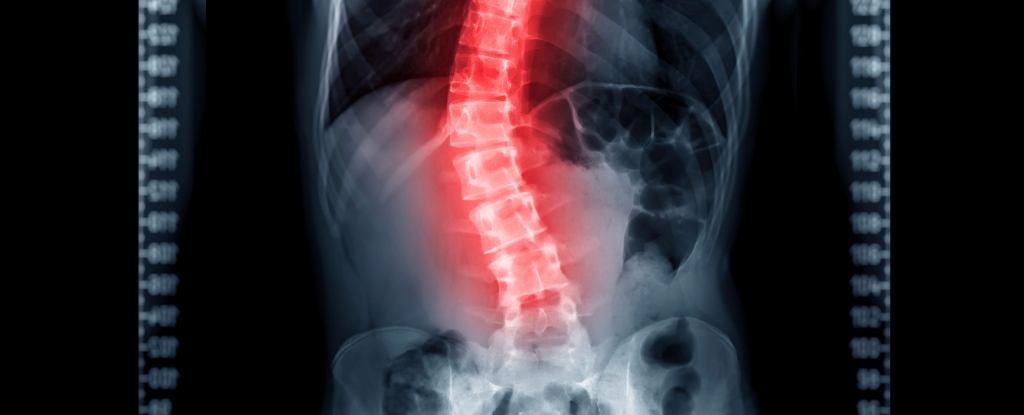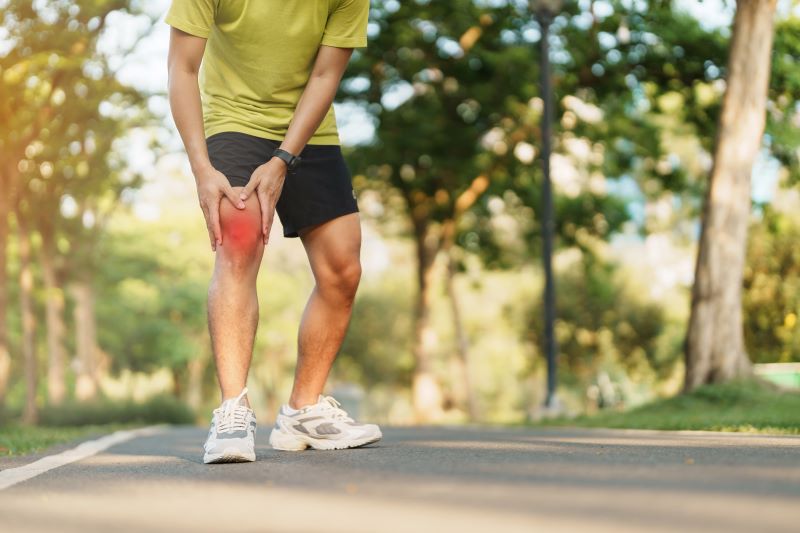

Arthritis is a group of conditions that affect the health of the bone joints in the body. One in three adult Americans suffer from some form of arthritis and the disease affects about twice as many women as men.
I have found that physical injuries became often become arthritic with age, especially with abuse of that art of the body. For example, a simple knee injury becomes arthritic if the person's knees are abused in life. This might include excessive exercise, something job related, other. Knee replacement is becoming more coming. Don't abuse your body.
For women after menopause we find any number of diseases that lead to arthritis or arthritic-like symptoms.
Arthritic diseases include rheumatoid arthritis and psoriatic arthritis, which are autoimmune diseases; septic arthritis, caused by joint infection; and the more common osteoarthritis, or degenerative joint disease. Arthritis can be caused from strains and injuries caused by repetitive motion, sports, overexertion, and falls. Unlike the autoimmune diseases, osteoarthritis largely affects older people and results from the degeneration of joint cartilage. Other forms are discussed below.
Arthritic joints can be sensitive to weather changes. The increased sensitivity is thought to be caused by the affected joints developing extra nerve endings in an attempt to protect the joint from further damage.
All arthritides feature pain, which is generally worse in the morning and on initiating movement, and resolves in the course of time. In elderly people and children, the pain may not be the main feature, and the patient simply moves less (elderly) or refuse to use the affected limb (children).
When faced with joint pain, a doctor will generally ask about several other medical symptoms (such as fever, skin symptoms, breathlessness, Raynaud's phenomenon) that may narrow down the differential diagnosis to a few items, for which testing can be done.
Monoarthritis (arthritis of one joint) and fever together are pointers towards septic arthritis. This is a medical emergency, and requires urgent referral to an orthopedic surgeon for analysis of joint aspirate and consideration for joint washout.
The various types of arthritis can be distinguished by the pace of onset, the age and sex of the patient, the amount of (and which) joints affected, additional symptoms such as psoriasis, iridocyclitis, Raynaud's phenomenon, and rheumatoid nodules, and other clues.Blood tests and X-rays of the affected joints are often performed to make the diagnosis. X-rays can show erosions or bone appositions.
Screening blood tests: full blood count, electrolytes, renal function, liver enzymes, calcium, phosphate, protein electrophoresis, C-reactive protein and the erythrocyte sedimentation rate (ESR). Specific tests are the rheumatoid factor, antinuclear factor (ANF), extractable nuclear antigen and specific antibodies whenever the ANF is found to be positive.
Treatment options vary depending on the precise condition, but include surgery, and drug treatment, reduction of joint stress, physical and occupational therapy, and pain management. Pain management doctors offer conventional treatments with complementary and alternative medicine options."
There are also numerous herbal remedies that purportedly treat arthritis, including Harpagophytum procumbens. For specifics, see the articles on the individual conditions listed below.
While evidence of primary ankle osteoarthritis has been discovered in dinosaurs, the first known traces of human arthritis date back as far as 4500 BC. It was noted in skeletal remains of Native Americans found in Tennessee and parts of what is now Olathe, Kansas. Evidence of arthritis has been found throughout history, from Otzi, a mummy (circa 3000 BC) found along the border of modern Italy and Austria, to the Egyptian mummies circa 2590 BC.
Around 500 BC willow bark gained popularity when it was discovered that this bark could help relieve some of the aches and pains of arthritis.
It wasn't until more than 2000 years later, in the early 1820s, that European scientists began to scientifically study what the chemical compound was in willow bark that alleviated the arthritis symptoms. They discovered the compound was salicin. When they isolated salicin, however, they found it was very noxious to the stomach.
Almost 80 years later, in 1897, an employee of Bayer Company - then a dye production company - named Felix Hoffman discovered how to isolate the compound and make it less irritating to the stomach. Hoffman was attempting to make the drug in order to help his father who was suffering from arthritis.
In 1899, Bayer Company trademarked Hoffman's discovery under the name "Aspirin." Today it is believed that over a trillion tablets of aspirin have been sold worldwide.
Back Pain Impacts 60% of Us - Here's How Your Curvy Spine Might Cause It Science Alert - September 4, 2025

Your spine is composed of 33 bones known as vertebrae, which are stacked one on top of the other. The resulting column is divided into five segments: cervical (in the neck), thoracic (at the same level as the chest), lumbar (at the level of the abdomen) and sacral (connecting with the pelvis). The fifth, the coccyx, is located at the very bottom of the spine (the tailbone) - and is very painful when injured.
A 65-year-old woman in South Korea severe knee pain reveals 'golden threads' in her joints Live Science - September 3, 2025

The doctors learned that the threads had been inserted as part of the woman's acupuncture treatments. These short, sterile golden threads were purposefully left in the tissue to provide continued stimulation.
One small walking adjustment could delay knee surgery for years by making a small adjustment to the angle of their foot while walking Science Daily - August 16, 2025

Nearly a quarter of people over the age of 40 experience painful osteoarthritis, making it a leading cause of disability in adults. Osteoarthritis degrades joint-cushioning cartilage, and there is currently no way of reversing this damage: the only option is to manage pain with medication, and eventually, joint replacement.
Minimally invasive procedure relieves knee arthritis Medical Express - December 3, 2024
An interventional radiologist injects small particles into selected branches that correspond to the site of knee pain to block blood flow to that area. Embolization of the abnormal blood vessels helps to disrupt the cycle of inflammation, cartilage destruction and sensory nerve growth that characterizes osteoarthritis.
New Biomaterial Could Finally Repair Damaged Cartilage in Injured Joints Science Alert - August 12, 2024

The body is pretty good at repairing itself, but some parts of our anatomy struggle to bounce back after an injury. One such material is cartilage - the spongy yet firm connective tissue that keeps our bones from rubbing and jarring against each other. Over time, the translucent or 'hyaline' components of cartilage can become heavily degraded, resulting in painful conditions like osteoarthritis and chondromalacia. Scientists have been working on a way to regenerate hyaline cartilage for years, and now a team led by Northwestern University in the US has achieved a breakthrough. They have developed a biomaterial that, injected into damaged cartilage in living sheep, acted as a scaffold that promoted cartilage regrowth in active joints.